Robots in the factory of the future
ed.jpg)
The International Federation of Robotics predicts that by 2020 more than 1.7 million industrial robots will be working in factories worldwide. Robots move continuously in multiple axes and must be supplied with data and energy by cables without interruption, so these cables need careful consideration. For applications where robot cables are subjected to torsional stress, the cables have to be designed and manufactured in a completely different way to cables for linear motion.
Linear cables must be as compact and as closely braided as possible and have an outer jacket extruded at high pressure, which creates a special 'hardness' that enables the cable to follow the motion pattern of the energy chain.
In contrast, robot cables need force-compensating elements, loose braiding elements, different slip-planes and completely different shielding concepts in order to ensure they function correctly after several million torsional movements. This is because the cables used in robot technology have to repeatedly change direction.
For example, the diameter of the braid structure can actually change with the torsion angle. Cable specialist igus builds damping elements and torsional force absorbing layers into the core groups, to offset the forces acting on the cores.
The requirements for the shielded robot cables are especially high. Gliding elements are placed above and below the shields in order to ensure that excessive forces are not placed on the shield wires. These elements ensure that the shield can move freely in relation to the overall braiding as well as the outer jacket. The shield structure is designed to distribute forces and has damping elements in the direction of the force redistribution. This 'soft' mode of construction gives the entire cable the necessary freedom of movement, reduces tensile and compressive forces, and prevents the shutdown of a robot or machine due to a premature conductor breakage.
Optimum protection for robot cables with the energy chain
Using expertise gained over more than 50 years in this area, the jacket materials have been optimally matched to the plastic of the triflex R robot energy chain, reducing abrasion and wear to a minimum. For example, the triflex R TRCF is a closed energy tube based on the three-chamber principle: all three chambers of the TRCF can be opened and closed independently of each other. The supply hose is placed in one of the three chambers of the energy tube and is therefore protected against deformation, making the energy supply process reliable whatever the axial position of the robot.
The main feature that ensures reliable and operationally-safe guidance of robot cables and hoses is compliance with the minimum bending radii. Cost-intensive plant failures can occur if these are not followed. The technical design of the igus triflex R ensures that the prescribed minimum bending radius is adhered to whatever the working position of the robot - a circumferential outer stop prevents the cable bending below the minimum bending radius.
Moreover, the modular design of the igus triflex R ensures that a torsion angle of approx. +-10° per chain link is not exceeded. This has the advantage that torsional stress on the cables is distributed along their whole length and not only at one end, which is the case with other systems. The defined minimum bending radius of the triflex R robot energy supply system guarantees process reliability, especially in robot applications with supply hoses and in flow punch bolting. This is because a kink in the supply hose interrupts the power supplied to the screws on the tool and the process is disrupted.
Multiple tests allow planned reliability and reduced costs
igus has repeatedly set new standards with its range of chainflex moving cables for automation and robot technology for more than 25 years. It is regarded as a leading company for special cables, available from stock, for continuous motion in applications involving energy chains and torsional stress. igus in Cologne has a 3,800 m2 test laboratory, the world's largest lab for dynamic cables. Here, igus twists the chainflex CFROBOT cables millions of times while continuously measuring core resistance in different test set-ups.
The biggest challenge in the tests is that it is difficult to reproduce every conceivable application that involves torsion over the service life of the product. While service life limits can be dependably predicted in the case of linear travel in energy chains, due to fixed parameters and known ambient-influences, robot applications are usually much more complex. In particular, the sequence of movements the robot will follow is often not known during the planning phase.
For the cable supplier, it is therefore very important to test, test and test again. All the test results of are recorded in a database at igus. With igus’s decades long experience in plastics technology, igus can offer a 36-month guarantee on the mechanical specifications of the chainflex cables, allowing the mechanical engineering processes to be precisely planned.
If a CFROBOT cable failed when used for the purpose described in the catalogue, igus will supply a new cable immediately and free of charge. Users can order cables of one metre and longer, which will be delivered within 24 hours. The advantage of the CFROBOT series for robot manufacturers and users is that they do not have to depend on expensive, special cables with long delivery times but they can select from a standard range of products which has been specially developed for torsion applications and includes over 100 types of robot cables, all available from stock.
Predictive Maintenance: Industry 4.0 gets trouble-free motion
The 'smart plastics' products from igus provide a glimpse into the future of robotic cables.
Under the name 'isense', igus products carry different sensors that detect the condition of igus components such as cables or energy chains. They measure, among other things, wear during the operation and will alert the user with enough notice to plan a repair or replacement.
By networking with the icom communication module, data is transmitted to an intelligent system. The module can be connected to all igus specific sensors. Once the measured values from a sensor have been transferred to the icom module, they have to be 'interpreted', i.e. understood in order to generate instructions from the module. So far, this has been possible via connection to the igus cloud.
Due to the increasing importance of IT security, however, many companies are increasingly relying on developing of their own SCADA systems, which is why igus has now advanced its data concentrator module into icom.plus. With the new module, the customer can integrate the data in the way that best suits their equipment. With the online connection of icom.plus, the service life statement of smart plastic products is continually connected to the igus cloud to enable maximum system runtimes with minimal failure risk.
The data in the cloud draws on the 10 billion test cycles of energy chains and cables performed in the company's own 3,800m2 test laboratory, and thanks to machine learning and artificial intelligence, igus can provide precise information on the durability of the solutions used and inform the user about a necessary replacement before it is needed.
Similar articles
More from igus UK Limited
- From garage business to world leader: igus founders celebrate 90th birthday 22nd June 2021
- VOTW - Metal out plastic in! 10th June 2021
- igus robot works alongside agri-tech startup 18th May 2021
- Tribo-polymers increase machine service life and efficiency 10th May 2021

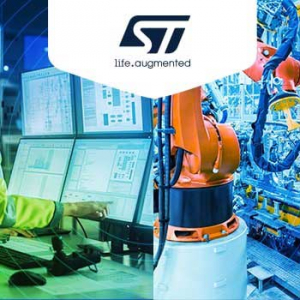
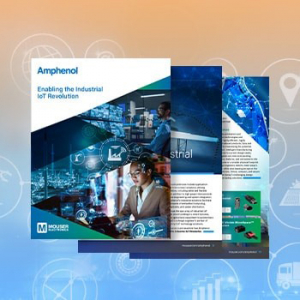
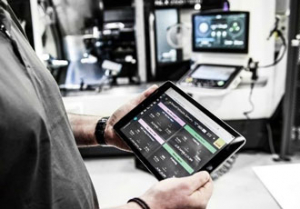
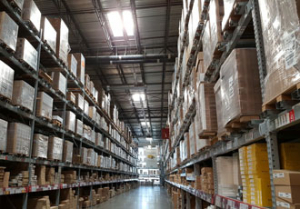
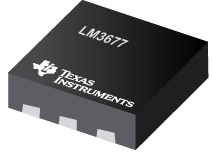

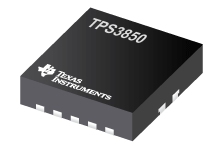
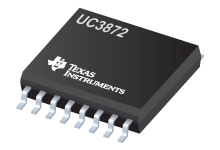

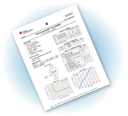

Write a comment
No comments